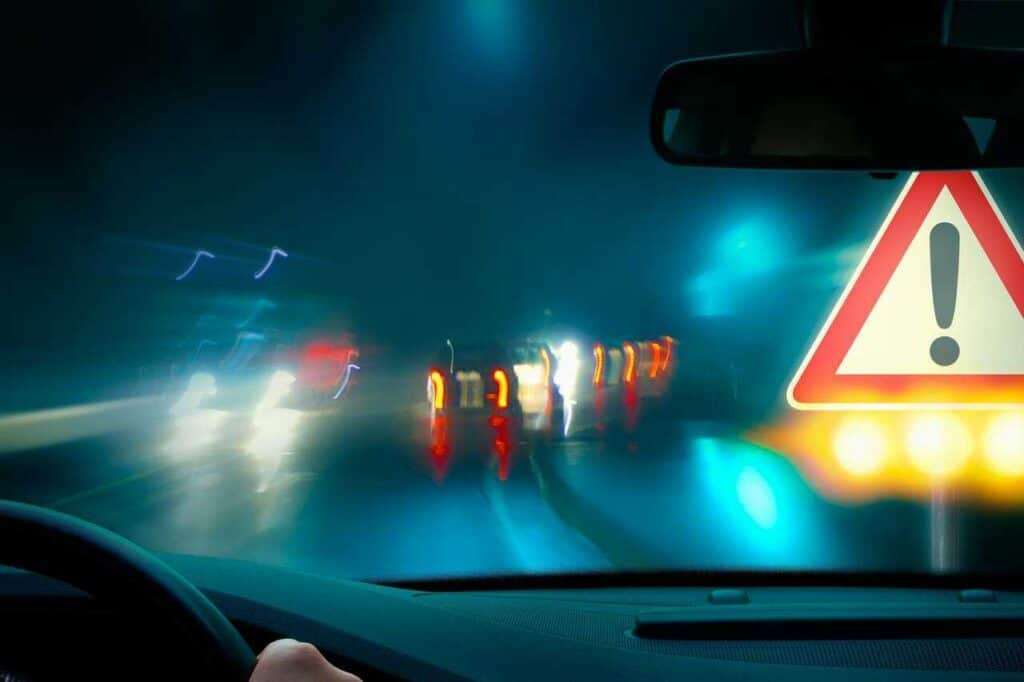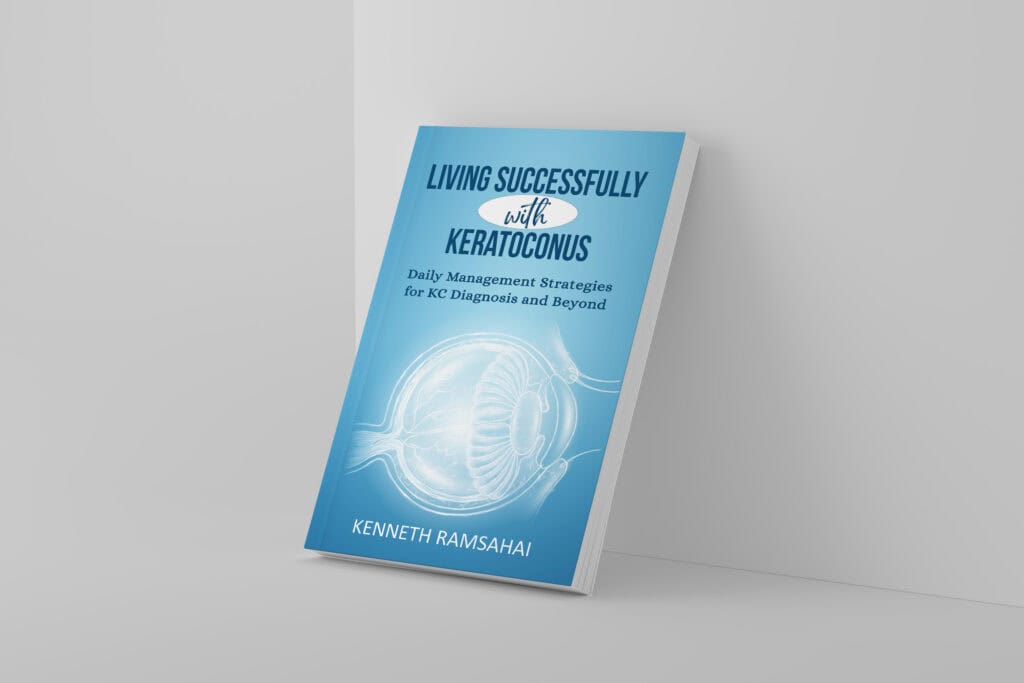Living with Keratoconus for Over Three Decades
Driving at night with keratoconus and deciding whether to continue driving at all, will be one of the challenges we will have to face.
For over 30 years, I’ve navigated the challenges of living with keratoconus. Diagnosed in 1988, I’ve experienced firsthand the daily struggles and the moments of despair.
While I am not a medical professional, my journey, which includes a corneal transplant in the mid-’90s, offers a unique perspective. This blog post is not medical advice but a reflection of my personal experiences.
The Challenge of Night Driving with Keratoconus
As keratoconus progressed, driving at night became a daunting task. The refractive errors caused by the condition intensified, and so did my anxiety every time I had to drive after sunset.
Starbursts and Oncoming Traffic

One of the most challenging aspects was the starbursts I began seeing from the headlights of oncoming vehicles.
These blinding flares made it difficult to focus and judge distances, putting both myself and other drivers at risk. It was this experience that led me to the difficult decision to stop driving at night.
Rainy Nights: A Double Challenge
Driving at night in the rain introduced another level of difficulty. The combination of bright lights and wet, glistening streets created a blinding glare.
With untreated keratoconus, navigating such conditions became nearly impossible for me.
The Importance of Diagnosis Stage and Treatment
How much keratoconus affects night driving largely depends on the stage of diagnosis and the timeliness of treatment. Early intervention can make a significant difference.
What Makes a Lens Suitable for Keratoconus?
Before discovering scleral lenses, glasses provided little relief. But what makes a lens suitable for keratoconus? Scleral lenses, designed to vault over the irregular cornea, offer a solution. They create a tear-filled space over the cornea, improving vision significantly.
The Transformation with Scleral Lenses
After getting my vision restored with the scleral lens, the difference was night and day—literally. These lenses not only improved my vision but also gave me back the confidence to drive, even at night.
Making Difficult Decisions for Safety
If keratoconus goes untreated, it may lead to some challenging decisions, especially concerning night driving.
For the safety of oneself and others, it’s crucial to recognize when it’s time to seek alternative transportation or limit driving to daylight hours. For more on this check out the 15 essential tips for driving safely with keratoconus.
Very Proud To Announce
Want to see what’s inside? Click the book cover, which is also available in audiobook format, to read a free sample on Amazon. Discover how the “Clear Vision Window” concept can transform how you manage life with keratoconus.
If you find the sample valuable, please consider purchasing the complete book.
Your purchase supports the keratoconus community while giving you access to all the practical strategies I’ve developed over three decades.
If you do purchase, I’d appreciate an honest review—it helps others with keratoconus find this resource.

Key Takeaways
- Keratoconus can severely impact night driving, especially as the condition progresses.
- Starbursts from headlights and glare during rainy nights are common challenges.
- The stage of diagnosis and timely treatment play a crucial role in managing the condition.
- Scleral lenses can significantly improve vision and restore confidence in driving.
To Summarize
Living with keratoconus presents numerous challenges, with night driving being one of the most significant.
Early diagnosis, understanding the condition, and finding the right vision restoration treatment, like scleral lenses, can make a world of difference.
Always prioritize safety and consult with a qualified professional if you experience vision problems.
If you or someone you know is experiencing vision problems, visit a qualified professional immediately.